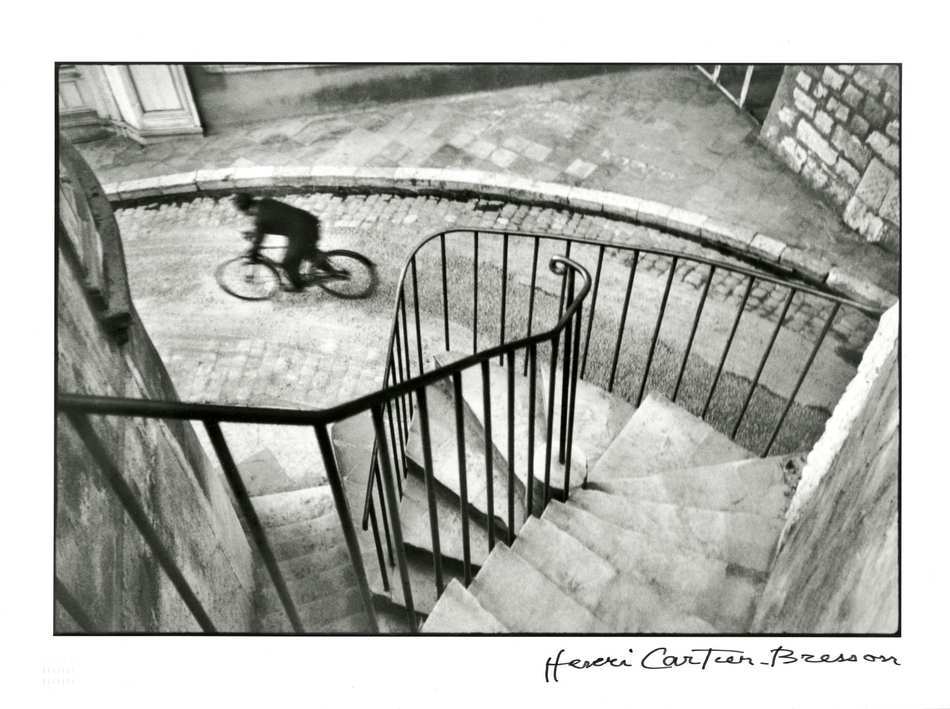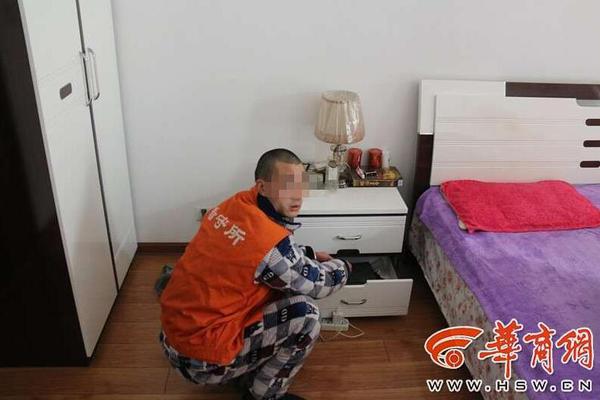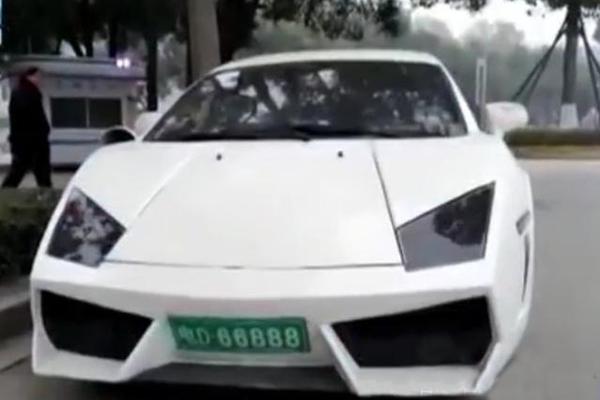【】
Elon Musk unveiled a series of much-anticipated upgrades to Tesla's Autopilot system on Sunday.
The electric carmaker is facing widespread scrutiny following several Autopilot-related collisions, including a fatal crash that occurred in Florida in May.
Musk, Tesla's billionaire CEO, said the upgrades "will be a really dramatic improvement in the safety of the vehicle," he told reporters on a Sunday press call.
SEE ALSO:Tesla's Autopilot just got a lot more expensive without getting any betterThe tech mogul said that Tesla had reviewed most of the changes with the U.S. National Highway Transportation Safety Administration (NHSTA).

The federal agency is investigating two recent crashes involving Tesla cars and is expected to unveil broader regulatory guidance on autonomous vehicles in coming weeks.
 Tesla CEO and billionaire Elon Musk speaks at the StartmeupHK festival in Hong Kong, Jan. 26, 2016.Credit: Anadolu Agency/Getty Images
Tesla CEO and billionaire Elon Musk speaks at the StartmeupHK festival in Hong Kong, Jan. 26, 2016.Credit: Anadolu Agency/Getty ImagesMusk said the Autopilot fixes will be made entirely through over-the-air software upgrades, so no additional hardware or sensors are needed. The updates should be available to Tesla drivers worldwide within one to two weeks.
The biggest adjustment to Tesla's Autopilot program involves the onboard radar system.
Currently, Tesla uses its camera and image-processing system to detect dense objects, such as another car, a metal guard rail or a lamp post. The radar plays a supporting role by cross-checking what the camera detects. Once confirmed, the system will engage the brakes and decelerate or make a full stop.
Autopilot controls Tesla's automatic machine steering, collision avoidance, adaptive cruise control and assisted lane-changing functions. On well-marked highways, the vehicles can nearly drive themselves, although human drivers are supposed to remain at the ready.
 Inside the Tesla Model S P85D.Credit: Myung J. Chun/Los Angeles Times via Getty Images
Inside the Tesla Model S P85D.Credit: Myung J. Chun/Los Angeles Times via Getty ImagesThe cameras, however, can struggle to detect shapes when staring down a glaring sun or trying to distinguish light-colored objects from the sky.
The update to Version 8 of the Autopilot software will make the radar system a primary control sensor, allowing it to adjust the brakes without requiring the camera to confirm visual image recognition.
Unlike the camera system, radar signals can penetrate through fog, rain, snow and dust. The radar system also doesn't need to recognize an object -- whether it be a multi-car accident, a pile of junk metal, or an errant moose.
"It does not matter what the object is -- it just knows that there's something dense that it's going to hit, and it should not hit that," Musk said of the radar. "Whereas a vision system really needs to know what that thing is."
The upgraded Autopilot will also use "fleet learning" to keep cars from braking when they don't actually need to, an event Tesla calls "false braking."
 Elon Musk introduces the Model X car at the company's headquarters in Fremont, Calif., Sept. 29, 2015.Credit: AP Photo/Marcio Jose Sanchez
Elon Musk introduces the Model X car at the company's headquarters in Fremont, Calif., Sept. 29, 2015.Credit: AP Photo/Marcio Jose SanchezAs Tesla vehicles pass road signs, bridges and other stationary objects, the cars are effectively mapping the world and uploading data to the automaker's main system.
The car's computer will note if a driver didn't brake after passing a spot that triggered the systems' internal red flags. "If several cars drive safely past a given radar object, whether Autopilot is turned on or off, then that object is added to the geocoded whitelist," Tesla Motors explained in a Sunday blog post.
On the Sunday press call, Musk explained that fear of these false braking events was one of the main reasons radar systems weren't given primary control to begin with. But with fleet learning and other system improvements, Tesla now believes it can "almost entirely eliminate the false positives," according to the CEO.
Musk suggested that the improved Autopilot system would have prevented the deadly Florida crash. The driver, 40-year-old Joshua Brown, was killed in May when his Model S -- on Autopilot mode -- struck a tractor-trailer while moving at 74 miles per hour, above the posted 65 mile-per-hour speed limit.
 The Tesla Model S that was being driven by Joshua Brown, who was killed, when the Tesla sedan crashed while in self-driving mode, May 7, 2016.Credit: NTSB via Florida Highway Patrol via AP
The Tesla Model S that was being driven by Joshua Brown, who was killed, when the Tesla sedan crashed while in self-driving mode, May 7, 2016.Credit: NTSB via Florida Highway Patrol via APThe collision was the first known fatality in a Tesla using Autopilot.
Earlier this summer, Musk speculated that the Autopilot system in Brown's electric car might have failed to isolate the image of a white tractor-trailer and the bright sky behind it. In a tweet, he said Autopilot "tunes out what looks like an overhead road sign to avoid false braking events."
But with Version 8, the radar would have more accurately detected the large metal object moving across the road. The fleet-learning capabilities would have told the car that there was no overhead road sign and that the tractor-trailer wasn't on the whitelist, Musk claimed, causing the vehicle to automatically brake.
TopicsCarsElon Musk
相关文章

Florida hurricane forecast remains uncertain, but trends in state's favor
For days, a war has been raging between two of the premiere computer models used to help predict the2025-04-23
Chance the Rapper is engaged, and we're begging for a wedding invite
Chance the Rapper celebrated the 4th of July with a different kind of fireworks display. The 25-year2025-04-23
Instagram will let some users request verification inside its app
It may soon be a little easier for some people to get that coveted blue checkmark on Instagram.The F2025-04-23
Why I unfollowed influencers in favor of relaxing slime content
This isYou Won't Regret It, a new weekly column featuring recommendations, tips, and unsolicited adv2025-04-23
5 people Tim Cook calls for advice on running the biggest company in the world
It's only fitting that the leader of the biggest company in the world has a pretty impressive list o2025-04-23
French goalie spits huge bug out of his mouth during the World Cup
Welcome to my nightmare: This GIF of a bug being expectorated out of a human mouth.During the World2025-04-23


最新评论